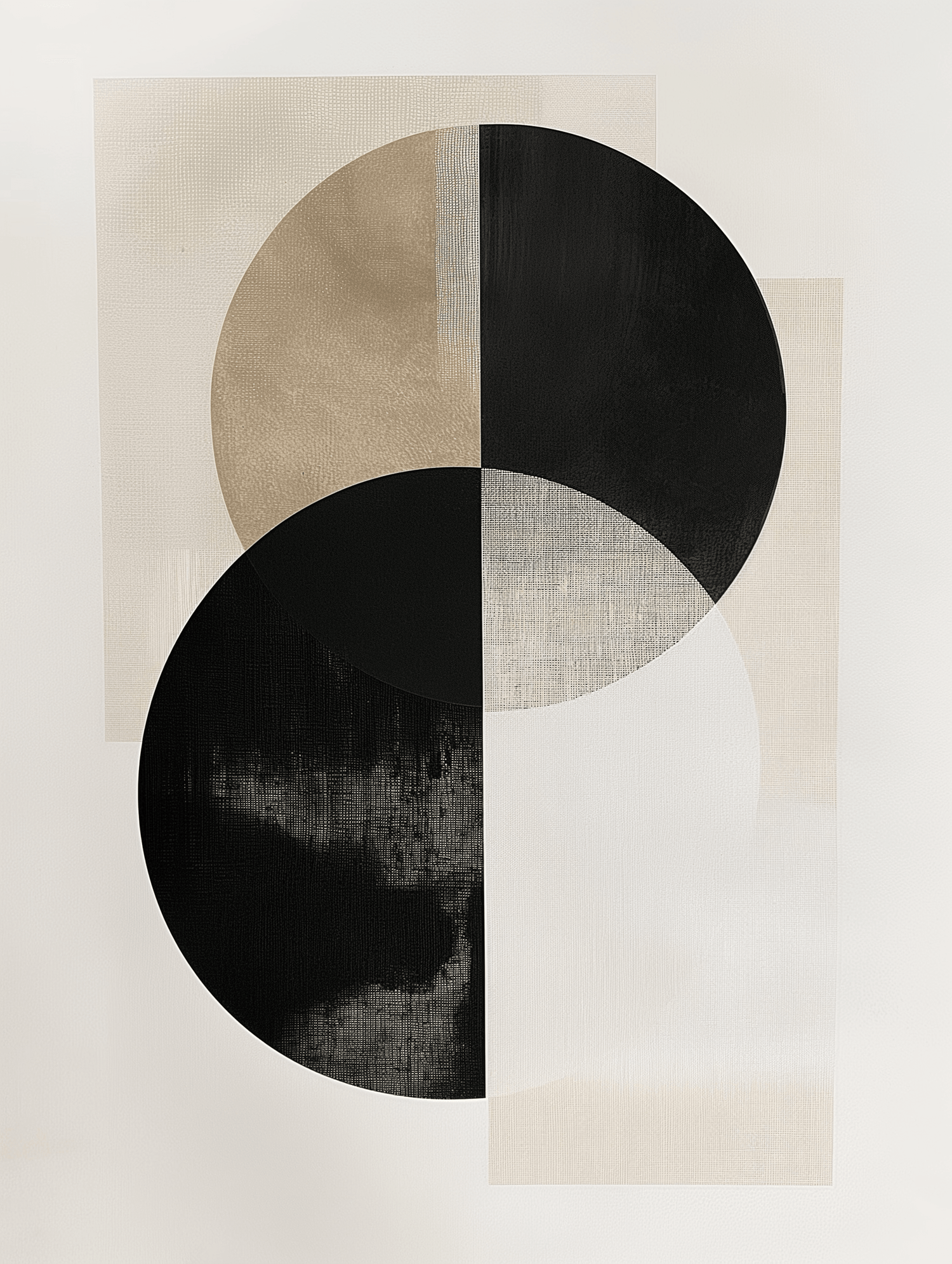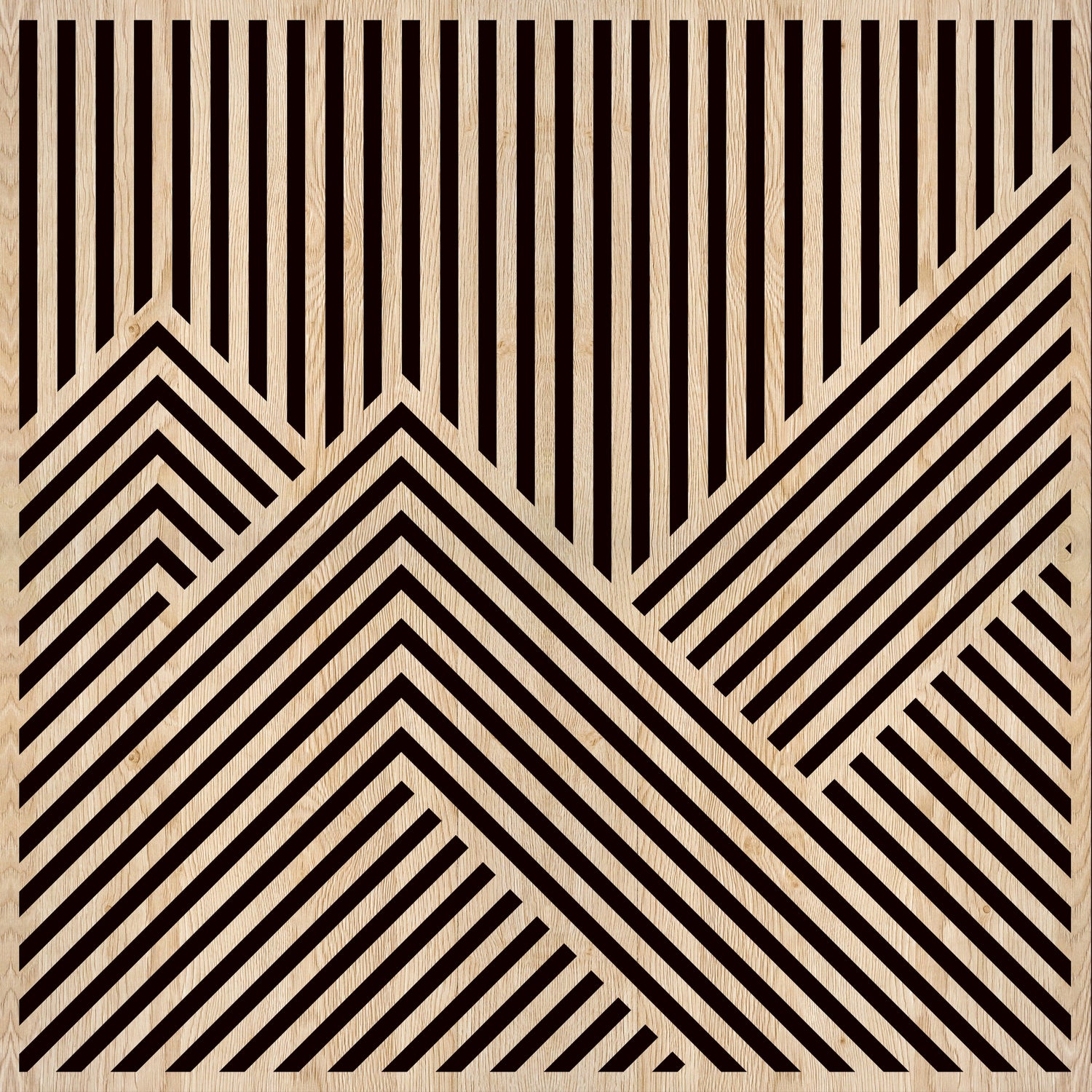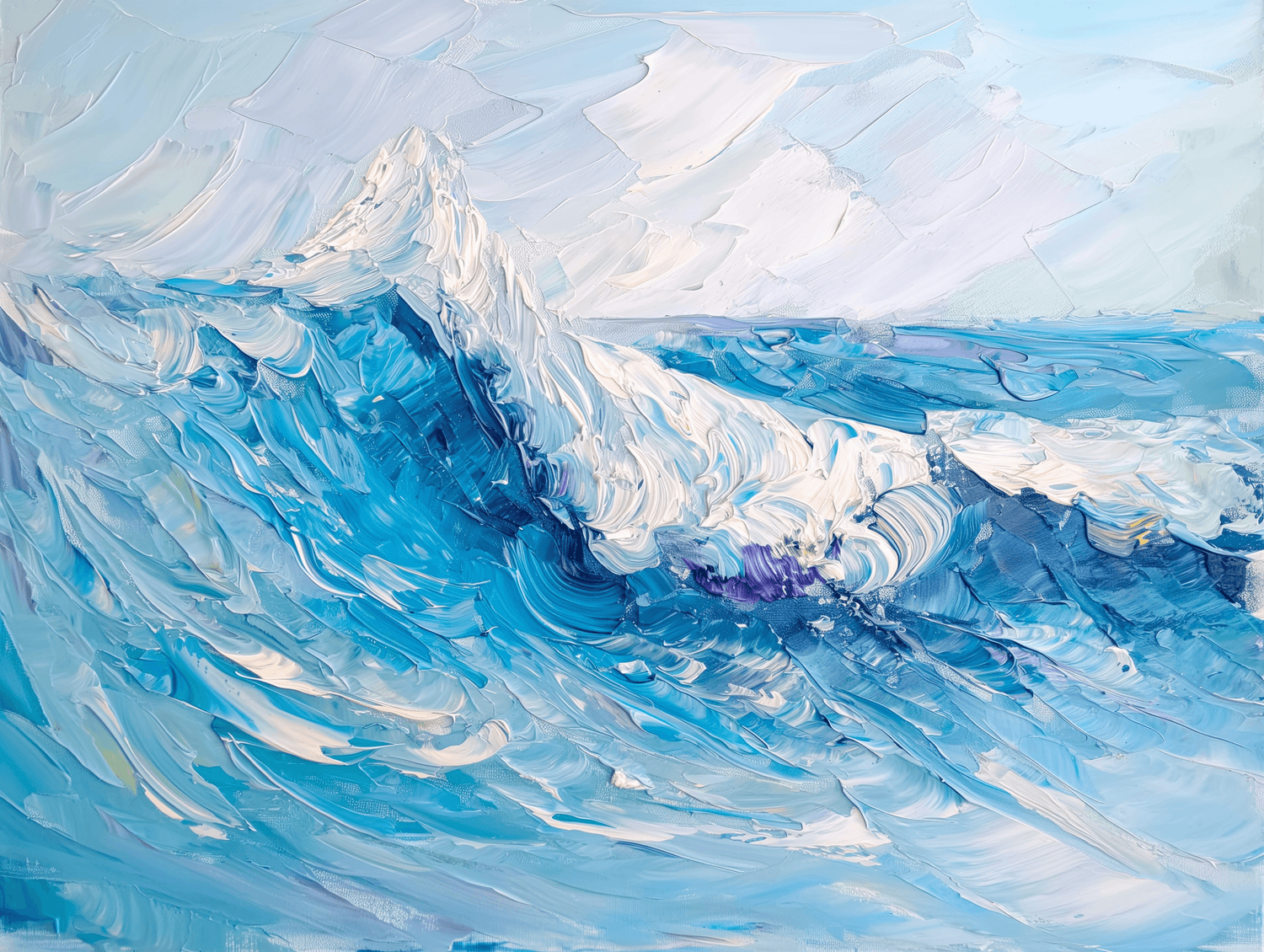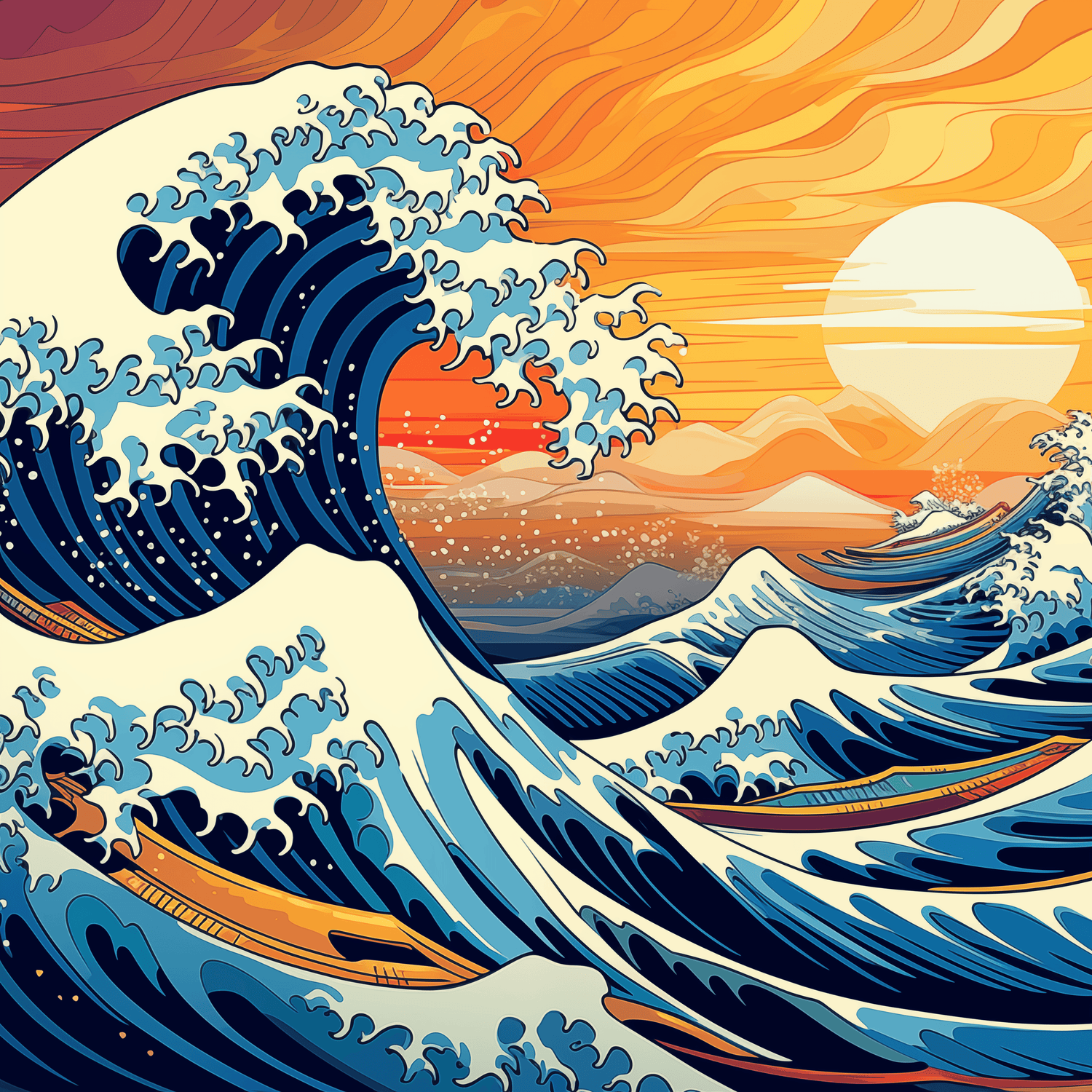Introduction: Caravaggio, the artist of raw truth
No other painter has changed the course of art as much as Michelangelo Merisi da Caravaggio . In an age of idealization and classical beauty, he chose brutal reality : lined faces, dirty feet, authentic emotions.
With his revolutionary use of light and the absence of preparatory drawings, Caravaggio created a visual language that strikes the heart.
His works are immobile theatrical scenes , in which every gesture is essential and every detail seems to have come from a stage illuminated by a single spotlight.
In this article we will guide you in discovering his unique painting technique , his most famous works , his most surprising curiosities and how Materico.it brings them to life thanks to 3D relief reproduction .
Who was Caravaggio?
Born in Milan in 1571, Michelangelo Merisi grew up in Caravaggio, from which he takes his name. His life was as intense as it was tormented: fights, murders, escapes, denunciations , until his mysterious death in 1610, at only 38 years old.
But behind the rebel there was a genius. An artist who made reality his obsession. His models were not abstract saints, but ordinary people : beggars, prostitutes, street youth. And his painting was a window wide open on humanity, without filters.
Caravaggio's Technique: A Pictorial Revolution
1. Dramatic Chiaroscuro (Tenebrism)
Caravaggio did not shade the light like the Renaissance painters. He directed it . His paintings are immersed in darkness, from which a vivid, almost sculpted scene emerges.
-
The light comes from a single lateral source .
-
It affects faces and hands , leaving the rest in the shadows.
- It creates an effect of intense theatricality , which amplifies the emotion.
2. Without preparatory drawing
Unlike artists like Michelangelo or Raphael, Caravaggio did not draw first . He painted directly on the canvas , with absolute immediacy.
-
He built the scene with a black base .
-
He worked “in bulk”, superimposing volumes with the brush.
-
This allowed him to paint with great speed but also with enormous spontaneity.
3. Real models
He used real people as models. He didn't idealize the saints; he humanized them .
-
The feet are dirty, the nails are broken.
-
The faces are marked, often painful.
-
Each figure is believable and earthly .
4. Close-up composition
Caravaggio brings the viewer into the scene . There are no wide backgrounds, but narrow , concentrated compositions .
-
The figures are in the foreground .
-
Gestures and emotions are enhanced.
-
The space is almost claustrophobic , but intensely real.
Caravaggio's most famous works
1. Calling of St. Matthew (1599–1600) – San Luigi dei Francesi, Rome
A simple but powerful scene: Christ enters a tavern and points to Matthew, sitting among the men of the tavern. The light cuts the scene diagonally.
Curiosity:
-
St. Matthew has a surprised and doubtful expression : “Really me?”
-
The characters wear period clothes: the scene is contemporary to the audience.
2. Death of the Virgin (1606) – Louvre, Paris
A scandalous work: Caravaggio depicts Mary as a dead, swollen, abandoned woman . No idealization.
Curiosity:
-
The model for the Virgin was a prostitute who actually drowned in the Tiber .
-
The work was rejected by the convent that had commissioned it.
3. Supper at Emmaus (1601) – National Gallery, London

Two disciples recognize the risen Christ during the supper. A simple gesture, a clear light, a deep look.
Curiosity:
-
The fruit on the table is painted with obsessive detail .
-
The disciple's arm seems to emerge from the canvas , as if it were alive.
4. Judith and Holofernes (1598–1599) – Galleria Barberini, Rome

A powerful and bloody work: Judith beheads Holofernes with a cold expression, while the light sculpts the scene.
Curiosity:
-
The blood is realistic and violent , almost cinematic.
-
The face of Holofernes is that of an executed criminal , whom Caravaggio would have seen in person.
5. Saint Jerome Writing (1606) – Borghese Gallery, Rome

A solitary figure, thoughtful, immersed in writing. A silent dialogue between light, body and spirit .
Curiosity:
-
The work reflects Caravaggio's inner torment , while on the run from murder.
-
The skull in the foreground is a memento mori , a symbol of the transience of life.
Curiosities about the life of Caravaggio
-
Murder and escape : He killed a man during an argument over a game of tennis. He was forced to flee Rome and lived between Naples, Malta and Sicily.
-
Portrait of himself : Caravaggio often portrays himself, in dramatic roles such as the head of Goliath or among the soldiers.
-
Cursed painter : he was arrested several times, excommunicated, but always protected by influential patrons.
-
Mysterious death : he died in 1610 in circumstances that are never clarified, perhaps murdered or killed by illness.
Caravaggio according to Materico.it: light and matter in relief
Caravaggio's works already live in three-dimensionality , thanks to the contrasts of light and dark. For this reason they are perfect to be enhanced through the 3D relief artistic reproductions of Materico.it.
How we value his works:
-
Extreme relief effect : the figures emerge from the surface like statues sculpted in the light.
-
Tactile contrasts : the play between shaded and illuminated areas is rendered visually and to the touch.
- Visible psychological depth : the faces, the muscles, the hands – every detail takes on body.
Conclusion: Caravaggio, master of truth
Caravaggio brought humanity into art . He took away the halos from the saints and turned the spotlight on reality, naked and raw. With him, painting became real life , and the shadow became inner light .
His powerful and timeless works find new expression through the relief reproductions of Materico.it : living works, to be seen, touched, felt .










